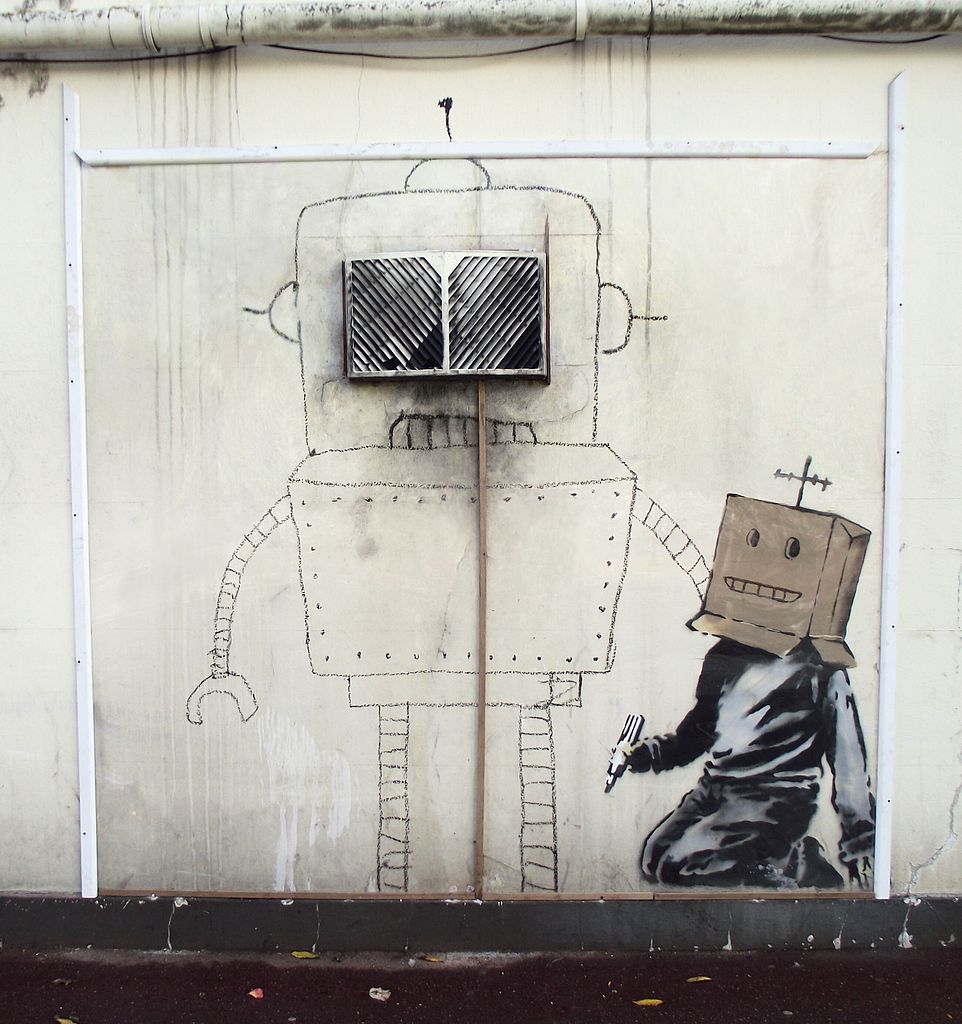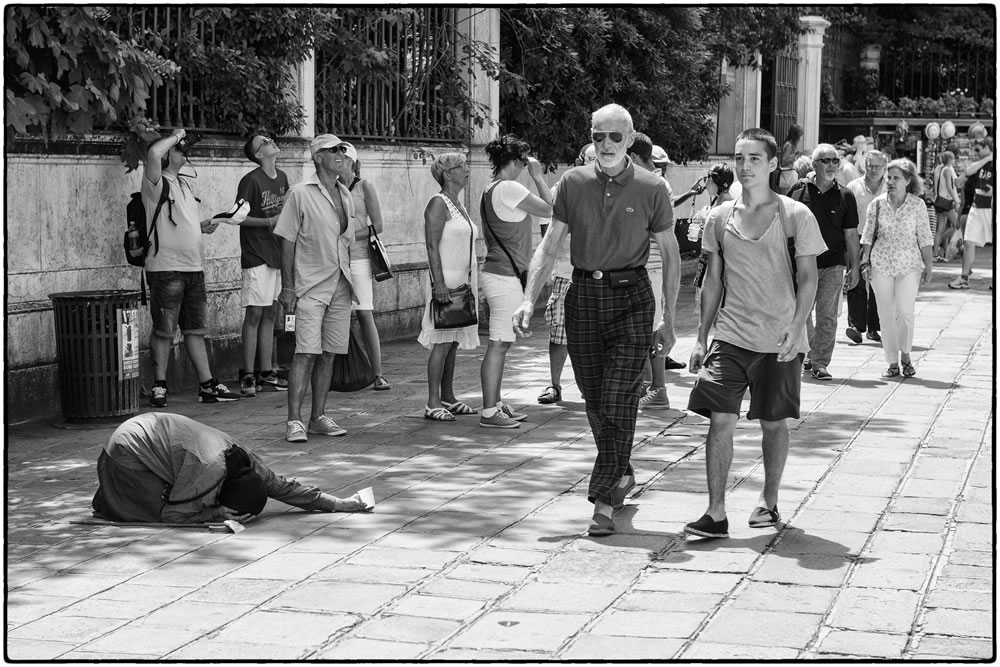The Future of the Poor
How Will Technology Affect the Poor?
February 14, 2017

In a future imagined with transhumans, smart machines, and designer babies, how does the poorest of society fit in?
Designer Babies
Technology will soon allow for parents to choose common genetic traits such as eye and hair color. As gene editing techniques advance, higher intelligence, better hearing, even night vision may be possible using synthetic genes or genes from other organisms.
Nootropics
As in the movie Limitless, brain enhancing drugs could increase memory and focus for those that can afford it, while the less fortunate are left searching for the remote.
Artificial intelligence
Artificial intelligence is poised to replace a high percentage of workers from almost every sector, including well-paying jobs like accountants and lawyers. As unemployment increases, well educated workers might look for lower paying jobs, leaving it harder for less educated workers to earn a living.

Under Pressure
About the time (2030+), that these disruptive technologies reach their stride, the total population will have increased by more than a billion. Food and water will be in higher demand, with less of it to go around, and countries will be less willing to share resources.
What can help reduce the economic and technology gap?
Some have suggested that a Universal Basic Income (UBI) could aid a society where a rising number of people will be out of work due to automation and artificial intelligence. UBI is where all citizens of a country regularly receive an unconditional sum of money, in addition to any income received from elsewhere.
There are people and organizations trying to help narrow the digital divide.
One Laptop per Child has a mission to empower the world's poorest children through education. They provide each child with a rugged, low-cost, low-power, connected laptop.
Close the Gap is an international non-profit organisation that aims to bridge the digital divide by offering donated computers to developing countries.
Internet.org and Project Loon are two projects that plan to bring affordable Internet services to less developed countries.
The Cold Reality
Realistically, the odds are stacked against the poor, unless they can effect change before technology leaves them behind. That begins by looking beyond the day to day struggle, and by learning and speaking out about the technologies and issues that are changing the world we live in. It ends with a society that is more compassionate and sharing.
Image credits
Painting on wall of Grosvenor Hotel in Torquay, England. from Wikipedia
Indifference in Venice by Son of Groucho via Flickr
OLPC classrooom image by RudolfSimon (Own work) [CC BY-SA 3.0 (http://creativecommons.org/licenses/by-sa/3.0)], via Wikimedia Commons

